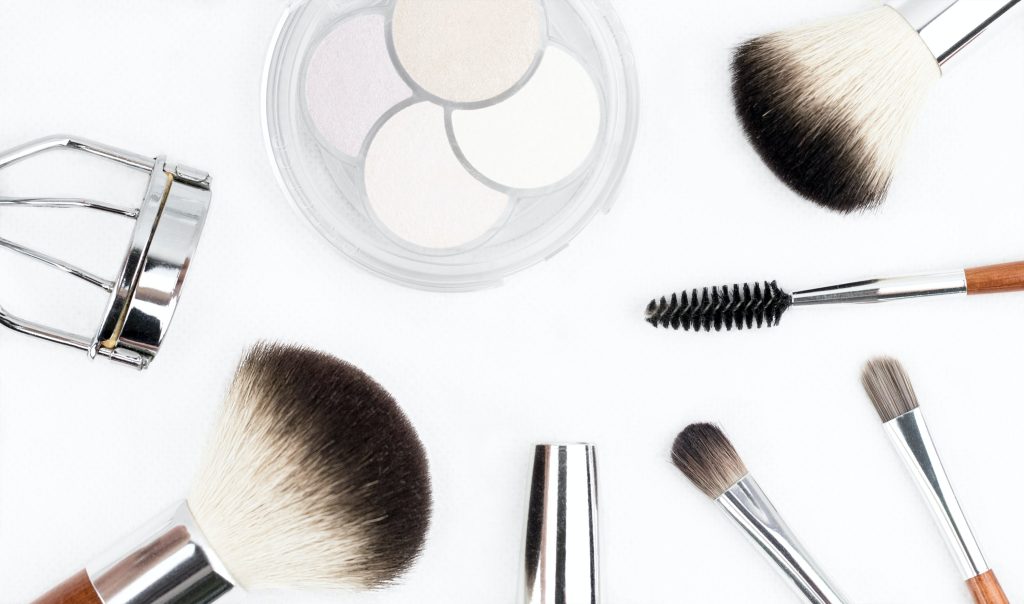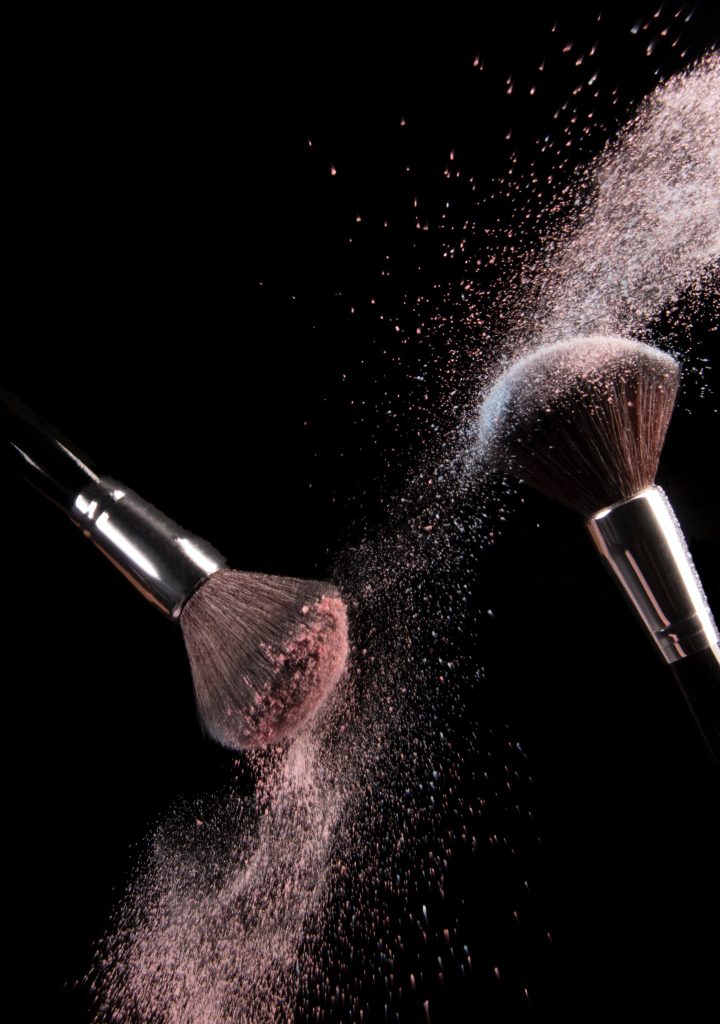The Annoying Truth of Why Your Hair Brush Collects Lint
Have you ever noticed fuzz and lint accumulating around the bristles of your hair brush?
As irritating as it may be to clean, there are reasonable explanations for why this vexing issue occurs.
By understanding the underlying reasons, we can better combat hair brush lint buildup.

What Causes Hair Brush Lint ?
Hair brushes gather lint because they naturally attract and trap tiny fibers and particles. The bristles combined with any rubbed-off hair, skin, and oil residue create the ideal conditions for clinging lint.
Specifically, the tiny gaps between the clustered bristles grab onto stray fabric microfibers from hair and clothing. Unlike smooth surfaces that lint can’t adhere to, brushes provide plenty of crevices for lint to wedge itself into. Even minuscule bits of fluff can catch in the tiny spaces and then accumulate over time.

Likewise, the static electricity generated from brushing also draws in fibers floating around us. Much like cloth and hair stick to balloons through static attraction, the same principle causes brush bristles to become lint magnets. This electrical charge depends on factors like brush material, hair type, humidity, and method of brushing.
Additionally, any hair products further allow lint a means to stick. Leave-in conditioners, mousses, gels, serums and oils all leave behind residue that essentially glues loose fibers and dust to brushes.
So in short – the textured grip of the bristles, the static charge created, the hair and skin cells shedded, and products applied collectively transform innocent hair brushes into fluff-catching devices.
The Culprits Causing the Most Lint Buildup
What types of particles primarily compose the fuzz we clean off hairbrushes? Generally speaking, microfibers from fabrics and dead skin cells represent the bulk of hair brush lint.
Fabric microfibers are often the fuzzy specks visible to the naked eye. These miniature textile fibers detach from clothing like sweaters and socks during wear and tear and then circulate through the air onto brushes.
Meanwhile, skin cells – which are transparent flakes individually – also amass and combine with visible lint over time. We lose up to 1.5 million skin cells per day. When hair and skin contact brushes during grooming, these flakes separate and embed in the bristles.

Along with external debris, some brush lint originates from the brush itself. Bristles can fray with repeated use, generating tiny hairy strands that then weave around neighboring bristles. Fuzzy handles similarly can pill or deteriorate into lint over time.
Lastly, as previously mentioned, strands of shedded hair intermix with and contribute to brush lint accumulation. So both microscopic debris and worn brush materials mutually create lint buildup.
Clearing Lint for a Fuzz-Free Brush
Now that we know why our hair brushes magnetize lint, what’s the solution? First and foremost, regularly removing lint keeps the issue in check.
Here are tips for keeping brushes fresh and fuzz-free :

- Thoroughly brush the bristles with a lint brush or comb every couple of uses. Tape rolled sticky-side out also lifts layers of lint effectively.
- Use a seam ripper, pin, or old toothbrush to loosen stubborn lint wedged deeply between bristles or embedded in handles.
- Rinse with warm water while massaging bristles to dissolve any lingering residue or dirt. Allow to fully dry before using again.
- Dislodge lint before blow-drying hair, as heat adheres lint tighter to brushes.
- Swap out old brushes prone to excessive fraying bristles or pilling handles.
- Wipe bristles over clean paper towels after each use to quickly catch loose lint.
With routine lint removal and brush care, we can enjoy grooming without the gradual lint accumulation. While occasionally annoying, keeping brushes fresh and fuzz-free is luckily an easy fix.
